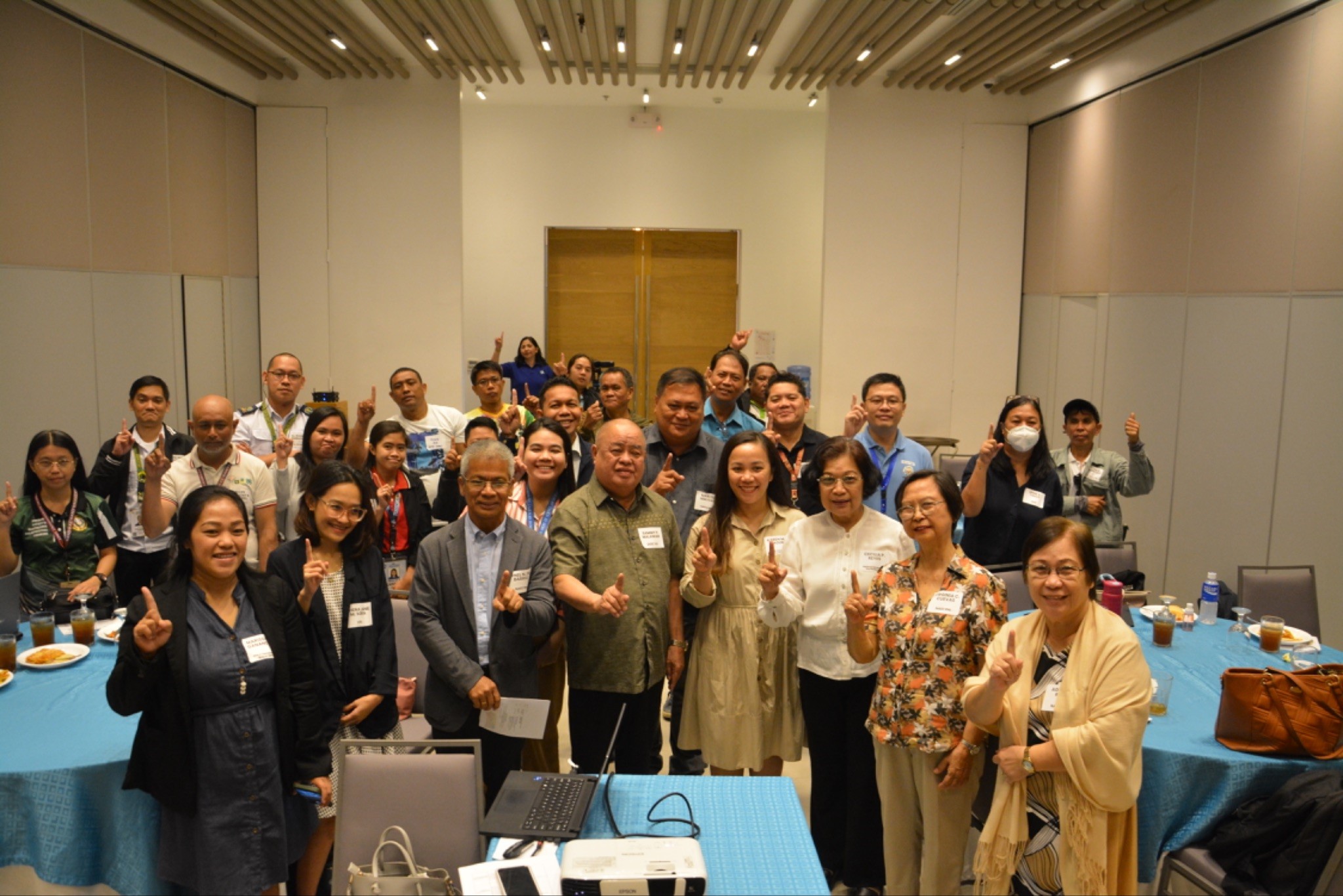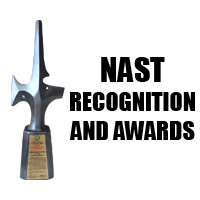Cassava is one of the popular root crops in the Philippines valued at ₱97,623.00 for an average yield of 11,834 kilograms (source: PSA, 2020). The top producing region is Northern Mindanao with 279.29 thousand metric tons (39.3%), Bangsamoro Autonomous Region in Muslim Mindanao (BARMM) with 218.99 thousand metric tons (30.8%), and Cagayan Valley with 47.50 thousand metric tons (6.7%). However, in terms of area planted, BARMM has the largest with 100,000 hectares.
All parts of the plant are used in various forms: tubers as food when properly prepared and cooked and the upper ground and non-tuber underground parts as fuel for drying the good parts, which are turned into starch and other forms. Roots can be used to produce ethanol and mixed-in feed concentrates for ruminant animals. Because of this, cassava may be tagged as the root crop of life, similar to coconut, widely known as the tree of life.
However, according to the Department of Trade Industry (DTI), cassava is classified as a marginal commodity in the Revealed Comparative Advantage (RCA) matrix. The RCA shows the relative competitiveness of a country in a certain class of goods or services using trade flows, which means the higher the value of a country's RCA, the higher the export capability of the product. This was the main factor for its inclusion as one of the focus crops/products of the Technical Working Group (TWG) on Targeting the Appropriate Technological Maturity of Rural Industries, headed by Academician Roel R. Suralta, under the NAST PHL Special Concerns Program. The TWG facilitated a focus group discussion (FGD) between and among stakeholders on good practices, constraints, and opportunities in the adoption of appropriate technologies for the cassava industry in General Santos City on 13 August 2024.
The participants validated the marginalized status of the industry, at least for Region XII, when they agreed that cassava is not a priority, often neglected, and only an alternate crop for corn. Some participants stated that they can provide help in developing varieties through research and development; technical training assistance; machinery and equipment for post-harvest production; farm inputs such as fertilizer; help in terms of quarantine to isolate and prevent transmission of virus within the region; and support in the production of cassava granules.
Regarding the technologies needed by the industry, the participants expressed their needs for dryers, granulators, chippers, and other farm machinery and tools. Additionally, some expressed their need for access to quality planting materials. The FGD resulted in the establishment of a network or connection between two (2) groups: (1) those who harvested more than what they were able to sell or had experienced oversupply with no constant buyer or no market; and (2) those who had experienced a shortage of raw materials or needed more in their processing activities.
The cooperatives and farmers groups that participated in the activity shared some of their best practices including contract growership, wherein farmers have assured buyers of their harvests, and “big brother, small brother” partnership between established and new farmers/groups. With this, the market, processor, and producer linkages were established amongst the participants.Some of the policy recommendations formulated during the activity were: (1) creation of a centralized database of farmers, cooperatives, producers, and other stakeholders involved in the cassava industry; (2) establishment of partnerships between local, regional, and national institutions in terms of technology development and transfer, monitoring and evaluation, etc.; (3) establishment of more demonstration farms so that the farmers can see the impact of machinery and technologies; (4) development of a road map for the cassava industry, separate from the corn program, strengthen the policy support for cassava program also additional budget for the mechanization for harvesting and value-adding products; (5) clustering of farms to meet the needed hectarage; (6) intensification of R&D for varietal development and other concerns; among others. The participants highlighted the urgent need for a stakeholders’ meeting such as a cassava congress to update the current cassava roadmap and for more networking among the actors in the cassava supply chain.

The participants expressed hope for the development and progress of the industry. Since cassava is a root crop, it is not easily affected by climate change. Moreover, it is economical and does not require a higher farm input, especially labor for maintenance. It might as well be the “perfect” response to food insecurity. One participant commented, “Pansinin, pagtuunan ang pagtanim dahil sa cassava, yayaman ka.” (Dexter Bautista/Kimberly Agno/Ryan John Pascual/NAST PHL).
The National Academy of Science and Technology, Philippines (NAST PHL), an attached agency to the Department of Science and Technology (DOST), is the premier organization that recognizes achievements in science, technology, engineering, and mathematics (STEM), nurtures emerging scientific talents, and serve as the primary advisory body on national ST&I policy and related matters. For more updates, follow the NAST PHL’s social media accounts (@nastphl).











